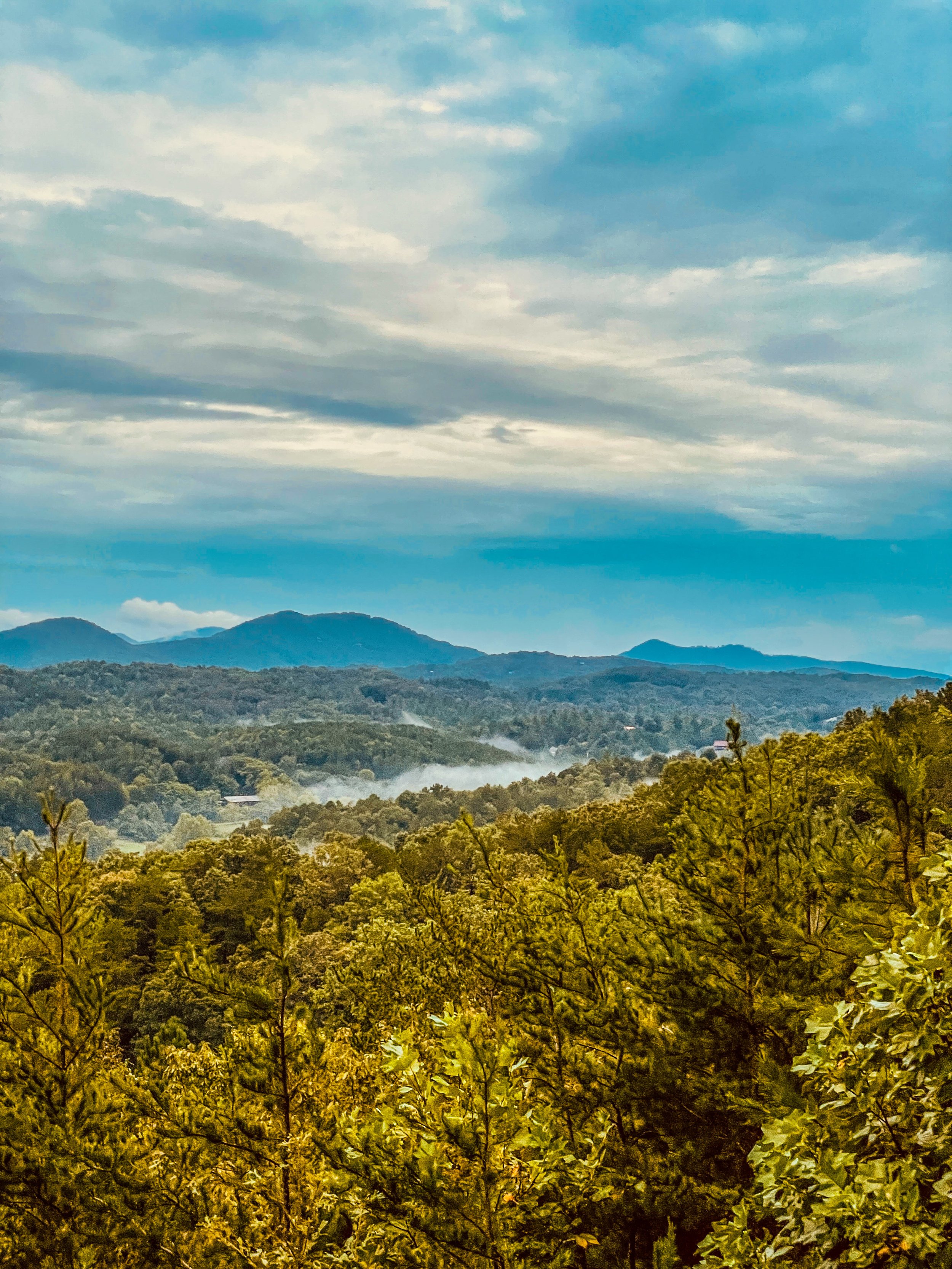
Earth Science
Oceanography
Thermoclines
Global ocean circulation patterns can best be understood through the use of models and discussions of the components - thermoclines and haloclines. This demonstration shows gradient change in temperatures when two bodies of water meet. Later in the lab vertical mixing, seiche waves, and estuarine features are demonstrated.
Awesome Aquifer 360
In August of 2023, my classroom was sponsored by the National Ground Water Association and Oklahoma State University to participate in the Awesome Aquifer 360 program. This sponsorship provided 5 classroom kits that demonstrate how an aquifer works along with a one-year sponsorship for digital labs and lessons.
Meteorology
Weather and Clouds
Meteorology is taught in the fall due to the nature of the weather patterns and hurricanes during this timeframe. Students also learn to identify clouds and how to predict the weather for the day based on cloud type and level as well as other atmospheric conditions.
Hurricanes
Students first learn about the atmospheric changes that can lead to storm creation and use this to track tropical storms and hurricanes for the remainder of the hurricane season.
Geology
Georgia Geology
As part of the unit on Geology, we do an in-depth look at the four separate historical mountain-building events that created much of the geology of Georgia. Within this case study we discuss the creation of the Appalachian Plateau, the Valley and Ridge System, the Blue Ridge Mountains, and the Piedmont Plateau. Later we also discuss the minerals and resources from the various regions including the Coastal Plains.
Earthquakes
While learning about earthquakes we use a sensor called a PocketLab that can record the movement of the sensor on 3-axes. This graphs three different waves that can be used to identify the p-waves, s-waves, and surface waves produced by earthquakes.


